# Understanding the Role of Pharaohs in Ancient Egypt
Written on
Chapter 1: The Pharaoh’s Authority
Who exactly was a pharaoh? The leader of Ancient Egypt wielded ultimate authority, reigning as one of the most powerful monarchs of the time. With our insights, you will easily identify pharaohs in artistic depictions and sculptures.
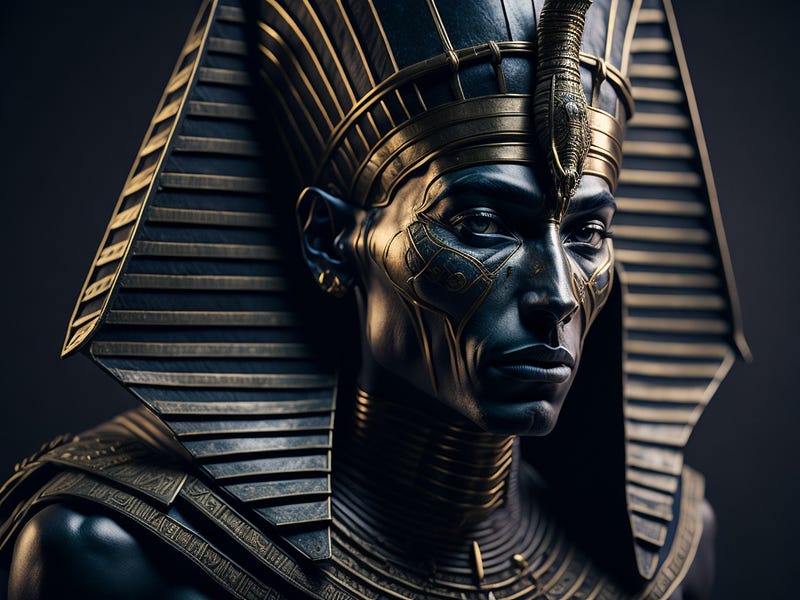
The term “pharaoh” originates from the Egyptian phrase “per–aa,” meaning “great house,” which referred to the royal palace. From the dawn of Egyptian civilization, the pharaoh was a pivotal figure in the nation, embodying divine authority. The ruler was seen as the earthly representation of the god Horus, acting as the high priest and the supreme military leader. Their primary duty was to maintain “maat,” a concept representing harmony, justice, and order in society, often visualized as a goddess with an ostrich feather. Essentially, Egypt functioned as a theocratic state, where the throne was typically passed from father to son.
Section 1.1: Distinguishing Features of Pharaohs
What did a pharaoh look like? Among the many carvings in temples and tombs, pharaohs can be easily recognized by their larger-than-life stature and distinctive crowns, which symbolized their authority. Unlike European crowns, Egyptian crowns came in various forms. The “white crown” (Egyptian: “hedjet”) symbolized Upper Egypt and resembled a bowling pin, while the “red crown” (Egyptian: “deshret”) represented Lower Egypt and had a distinct helmet shape. Frequently, pharaohs are illustrated wearing both crowns, signifying their dominion over both regions.
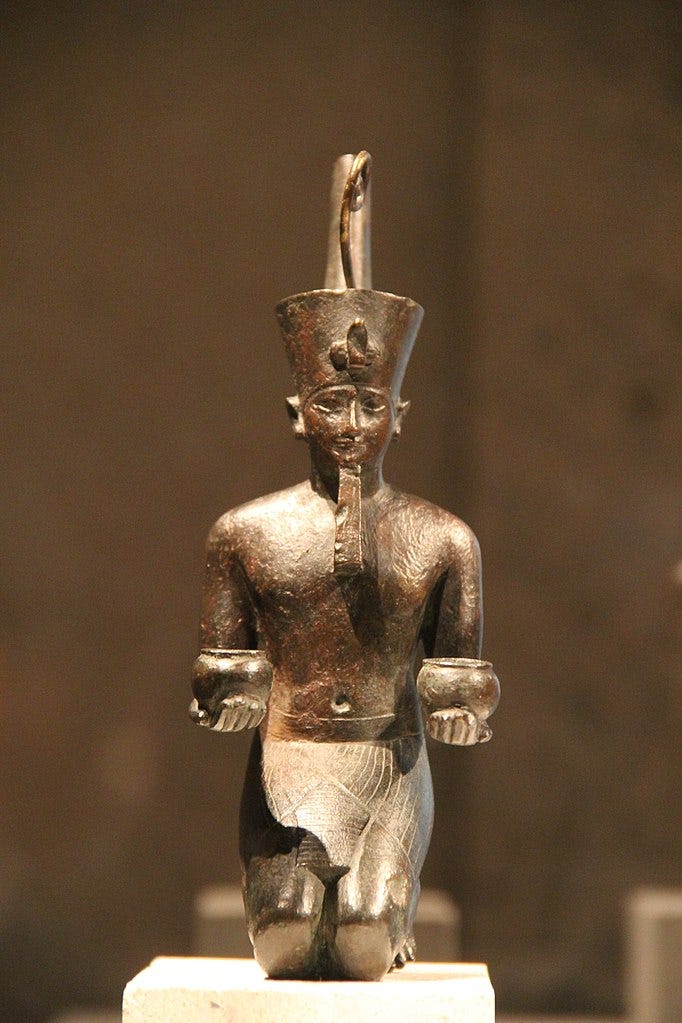
Pharaohs also donned other crowns, such as the “atef,” which was a more intricate version of the white crown used during rituals, and the “blue war crown,” popular during the New Kingdom, especially under Ramesses II. This crown, often adorned with elaborate designs, symbolized the ruler’s youthful vigor. Another notable headpiece was the “nemes,” a striped cloth associated with solar imagery, famously depicted on the Sphinx. Additionally, the “uraeus,” a stylized cobra, was frequently included in the pharaoh’s headdress, believed to provide protection.
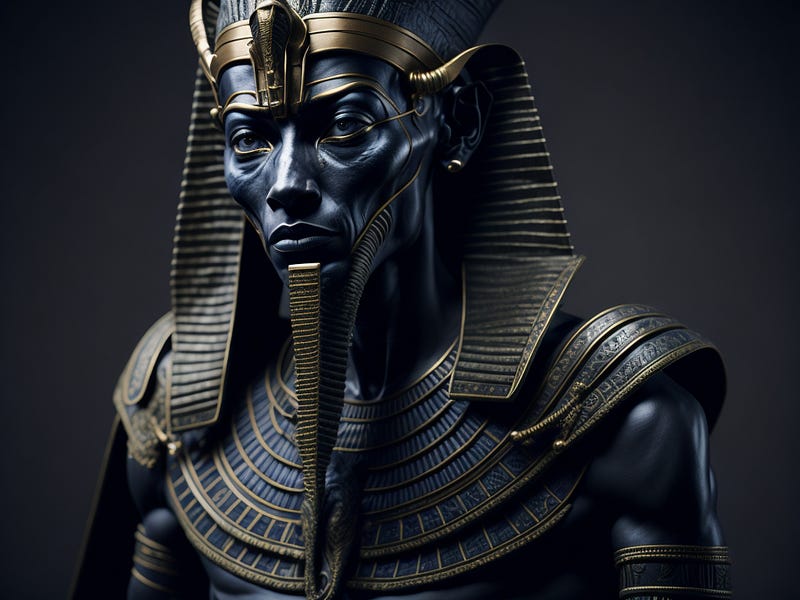
It is important to note that the images of pharaohs do not necessarily reflect their true likenesses. They are not portraits in the modern sense but rather idealized representations, often showing them as youthful and heroic. However, there are notable exceptions, such as Pharaoh Amenhotep IV, also known as Akhenaten, who is depicted with unique features that hint at a possible medical condition.
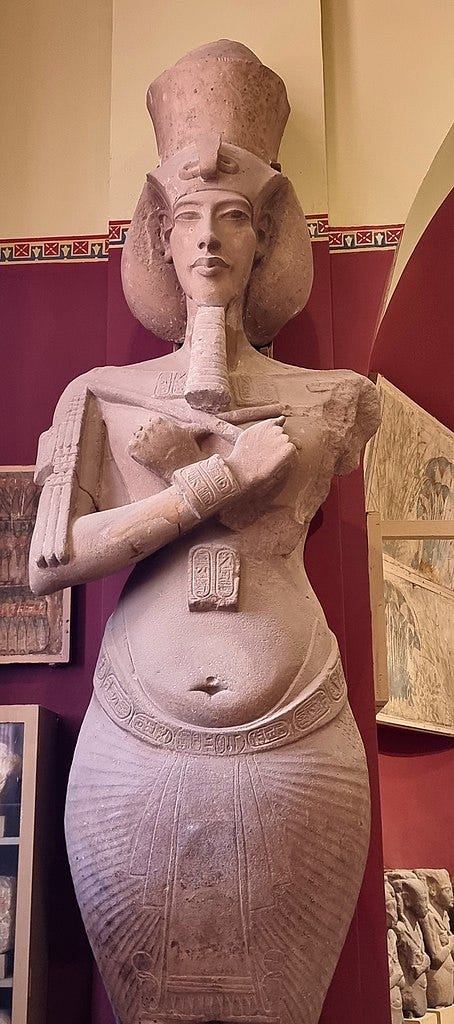
Section 1.2: Symbols of Power
The pharaoh’s authority was also signified through various symbols, including the “heka” scepter, resembling a shepherd’s crook, and the “nekhakha,” a whip-like insignia. Rulers held these in their hands while seated on the throne. Another emblem of their power was the “uas” staff, topped with an animal head.
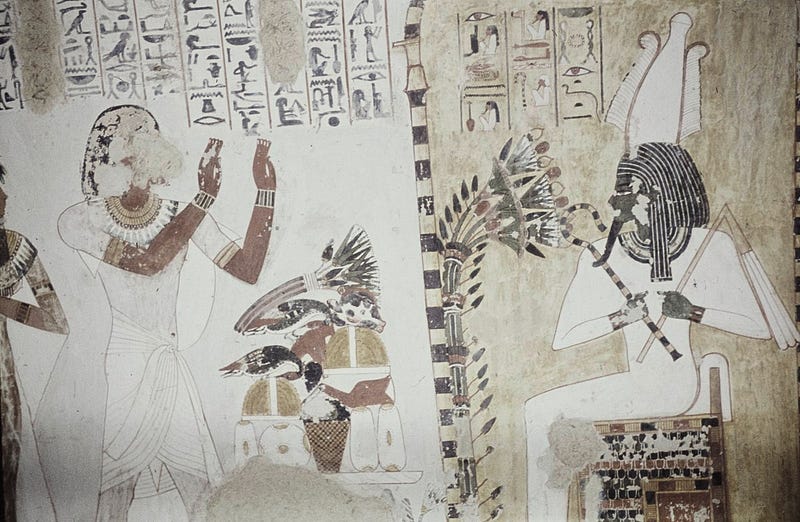
Additionally, pharaohs were often depicted wearing a bull’s tail, symbolizing strength and virility, which was attached to their skirts. These garments, typically made of linen, varied in length according to fashion trends of the time. Pharaohs were also shown wielding weapons, such as maces or curved swords, symbolizing their role as military leaders.
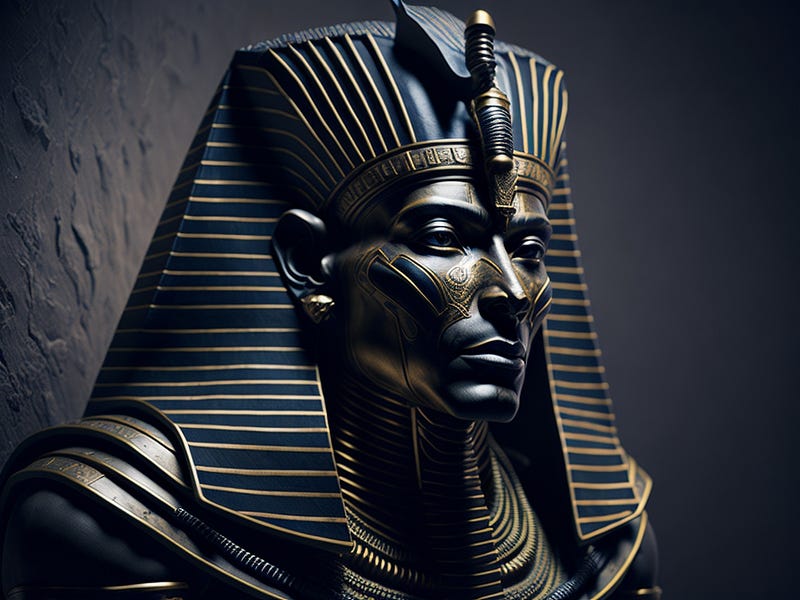
Chapter 2: The Legacy of the Pharaohs
In total, approximately 170 pharaohs governed Egypt from around 3200 BCE until the death of Cleopatra VII in 31 BCE. The categorization of these rulers into dynasties is attributed to Manetho, an ancient priest who documented Egypt’s history from its mythical origins to the reign of Alexander the Great.
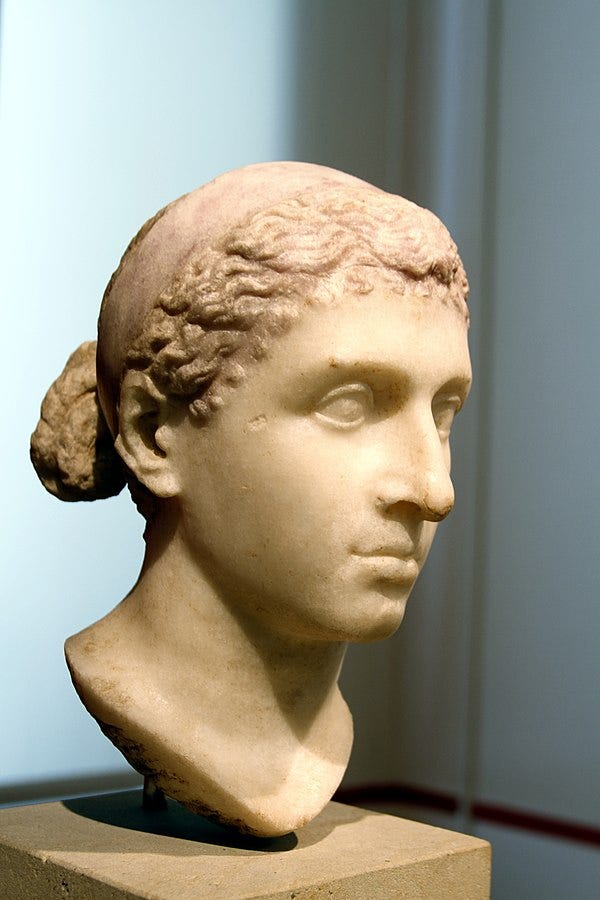
Did pharaohs understand hieroglyphs? Interestingly, not all pharaohs were fluent in the Egyptian language or hieroglyphics, particularly during periods when foreign powers occupied Egypt. However, many native rulers were educated in reading and writing, a skill primarily reserved for the elite, while the majority of the populace remained illiterate.
The first video titled "ANCIENT EGYPT: The Pharaoh Civilisation" provides an engaging introduction to the world of pharaohs, exploring their importance in Ancient Egyptian society.
The second video, "What is a Pharaoh?" offers a concise overview of the role and significance of pharaohs, making it an excellent resource for understanding their impact.
Attention all readers!
As a content creator on Medium.com, I face minimal compensation for my efforts. If you appreciate my articles, please consider supporting me on my “Buy Me a Coffee” page. Your small contributions can significantly impact my ability to produce quality content. Thank you for your support!

